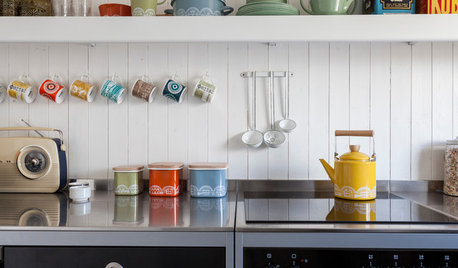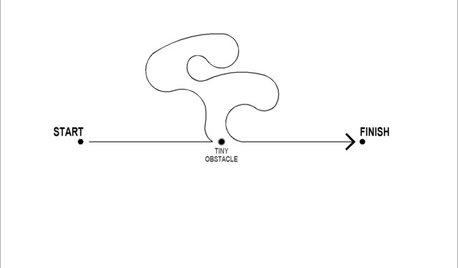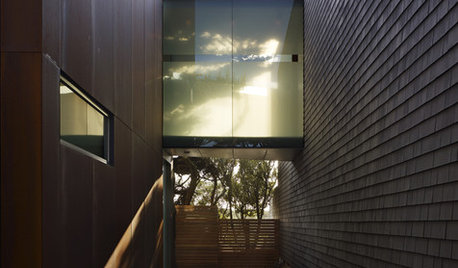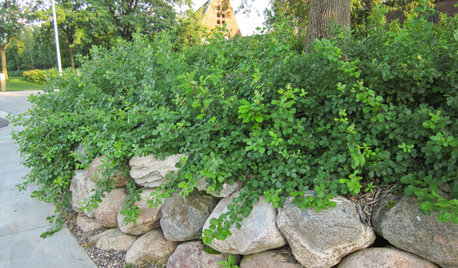Too many coffee grounds?
mnten
17 years ago
Featured Answer
Sort by:Oldest
Comments (33)
remuda1
17 years agobrdldystlu
17 years agoRelated Professionals
Accokeek Landscape Architects & Landscape Designers · Otsego Landscape Architects & Landscape Designers · Canyon Lake Landscape Contractors · East Patchogue Landscape Contractors · Golden Gate Landscape Contractors · Lexington Landscape Contractors · Morrisville Landscape Contractors · New Providence Landscape Contractors · Nutley Landscape Contractors · Palos Verdes Estates Landscape Contractors · Sun City Center Landscape Contractors · Coatesville Decks, Patios & Outdoor Enclosures · Columbia Decks, Patios & Outdoor Enclosures · Mobile Decks, Patios & Outdoor Enclosures · Santa Monica Decks, Patios & Outdoor Enclosuresbrandyk
17 years agotumblenes
17 years agojsfink
17 years agoseamommy
17 years agobpgreen
17 years agogardenfanatic2003
17 years agotiffy_z5_6_can
17 years agorayama
17 years agobpgreen
17 years agoKimmsr
17 years agopablo_nh
17 years agomelonhedd
17 years agojulianna_il
17 years agotumblenes
17 years agotiffy_z5_6_can
17 years agobpgreen
17 years agotumblenes
17 years agotumblenes
17 years agopablo_nh
17 years agobrdldystlu
17 years agogardenfanatic2003
17 years agobpgreen
17 years agobeeks
17 years agoKimmsr
17 years agolj122063
16 years agobpgreen
16 years agorobertzone6
16 years agoKimmsr
16 years agosmaniv2_yahoo_com
16 years agomichelle_co
16 years ago
Related Stories

HOUZZ TOURSMy Houzz: Many Styles Meld Handsomely in a Vermont Countryside Home
With a traditional exterior, a contemporary interior and lots of Asian furniture, this home goes for the element of surprise
Full Story
LIFEHow Do You Make Your Tea and Coffee in the Morning?
A morning cup is a must for many, and preparation comes in many guises. We look at coffee and tea habits across the Houzz community
Full Story
COFFEE WITH AN ARCHITECTThe Many Paths of Design, Part 2
Just when you thought the plans were on track ...
Full Story
MOST POPULARThe Many Paths of Design, Part 1
Blame engineering issues, unforeseen revisions or even the Internet. As these diagrams show, it's probably not your fault
Full Story
DECORATING GUIDESNo Neutral Ground? Why the Color Camps Are So Opinionated
Can't we all just get along when it comes to color versus neutrals?
Full Story
CONTEMPORARY HOMESHouzz Tour: A Brave Addition Breaks New Ground
An Edwardian cottage gets a radical renovation with a dynamic deck that wraps a couple and 2 children in style
Full Story
GROUND COVERSGround Force: 10 Top Ground Covers for Your Garden
Protect your soil from weeds and drought this summer with a living mulch of ground covers
Full Story
ARCHITECTUREDesign Workshop: The Many Highlights of Translucency
Evoke mystery, create interest, preserve privacy and more with translucent architectural elements inside and out
Full Story
GARDENING GUIDESGreat Design Plant: Rhus Aromatica ‘Gro-Low’ Handles Many Tough Sites
Plant ‘Gro-Low’ fragrant sumac in eastern and midwestern U.S. gardens for its tolerance of tough sites, spreading form and orange fall color
Full StoryMore Discussions









tiffy_z5_6_can